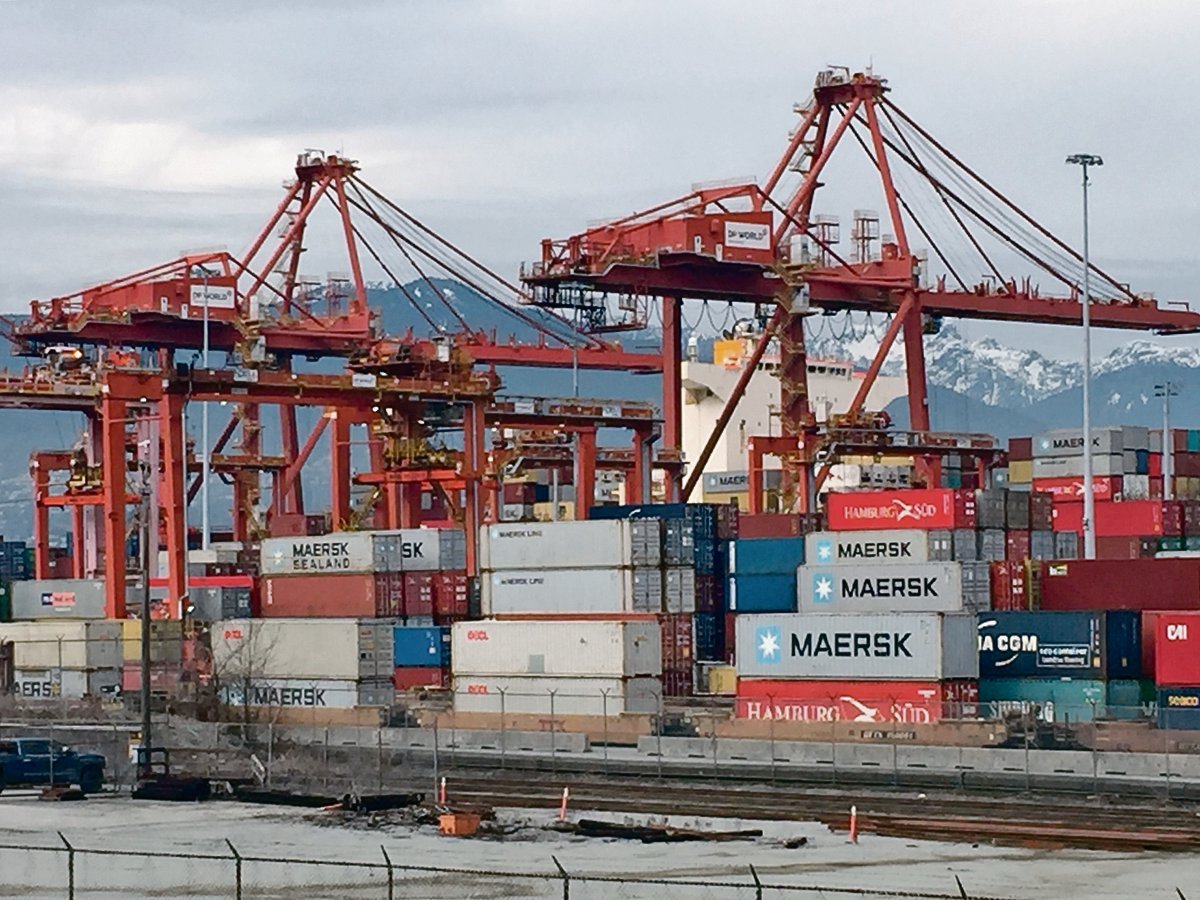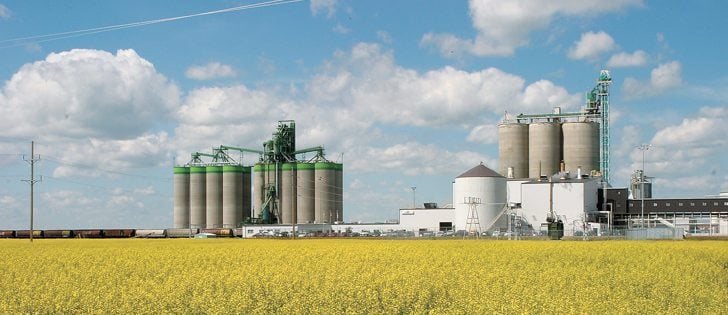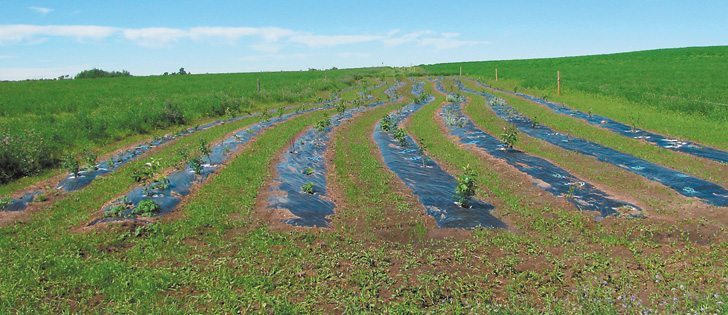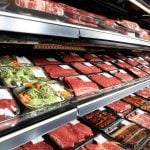Rising gasoline prices are grabbing headlines with some analysts warning that the high cost of fuel could stall the weak economic revival.
The debate about who to blame — speculators, Middle Eastern tensions, government policy — is hotter than ever.
It appears a combination of factors are at work: rising world demand for oil, political tensions in the Persian Gulf, pipeline inadequacies in North America, seasonal refinery schedules and Wall Street speculators.
Oil demand in North America and Europe is anemic because of weak economic performance, but rising demand from fast growing developing countries more than makes up for it.
Read Also

Message to provincial agriculture ministers: focus on international trade
International trade stakeholders said securing markets in the face of increasing protectionism should be the key priority for Canada’s agriculture ministers.
A report by Barclays Capital notes demand in Brazil, India, China and Saudi Arabia since 2006 grew by 5.1 million barrels a day while the rest of the world fell by 1.4 million barrels.
Against that backdrop, crude oil also edges higher every time tensions rise over Iran. Countries are boycotting Iran’s oil to pressure it to stop its nuclear program. Iran’s government replies with threats to block the Strait of Hormuz, stopping oil shipments from several Persian Gulf crude producers.
Every energy price trend is made more dramatic by the influence of huge pools of speculative money that pour in pursuing profits.
The world price of crude, reflected in the North Sea Brent price, rises. Brent has climbed about 10 percent since the end of the December.
But the North American price — West Texas Intermediate at Cushing, Oklahoma — is up only four percent.
Increasing production from Alberta’s oilsands and the Bakken field are trapped by inadequate pipeline capacity, which creates a glut in Cushing, an important pipeline hub.
That explains the push to get approval for new pipelines to move western Canadian oil to the Gulf of Mexico or the West Coast, where it would fetch the higher world price.
Refineries on the East Coast are squeezed because they can’t get cheaper oil from western North America. Two plants have closed, reducing the supply of gasoline.
That comes at a time when refineries traditionally switch from winter grade gas to summer grade and perform maintenance. The result is gas prices rising faster than crude.
The average Canadian gas price has risen 15 percent, according to Gasbuddy.com. The widening gap between crude and gasoline indicates strong profits for refiners, and a reason for Federated Co-operatives to argue that membership in a co-op that has a refinery should produce good patronage dividends.
The average Canadian diesel price, so critical to farmers, has not risen as much as gas this year. But then its price did not drift lower as gasoline did last fall. Rather, diesel rose sharply in October and has hovered around $1.30 a litre since then.
Rising energy costs are a boon and bane to farmers, increasing their input costs but also supporting the price of their crops because of the link between crops and biofuel.
While Middle Eastern tensions and pipeline debates add to oil price volatility, farmers can safely assume that fuel prices are on a long-term upward trend because of rising demand.














